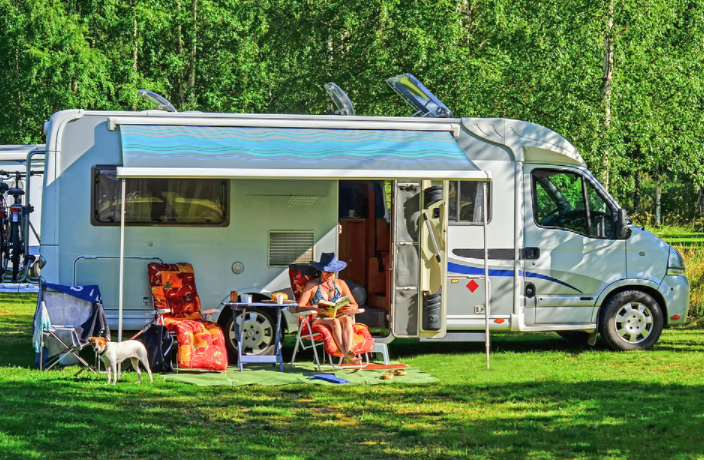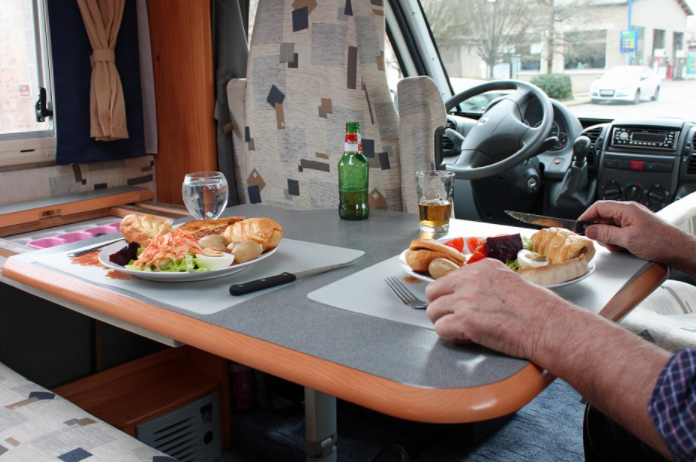An RV is a great way to spend time with your loved ones. You can travel in an RV without having to pack and unpack or store all your things in one place for a long time. An RV gives you a roof over your head, like a home away from home. It’s especially if you choose the big teardrop trailer. You have the perfect camping trip! This is camping at its best! You can have the perfect camping trip by adding RV/reserve camping to the mix – this is camping at its best! Here are the safety tips to have an RV road trip with your children.

Secure Everything Inside the RV
A typical RV has many moving parts. Sometimes these items can fall to the ground or onto children when the RV stops abruptly or makes unexpected turns. A closet door may open without warning, and the contents of the closet may spill out. Therefore, all items in the RV must be properly secured.
Unsecured items can be even more dangerous in the event of a collision. Items such as kitchen equipment can be damaged when the RV tips over. This can result in serious injury or even death. We recommend storing heavy items on the bottom and lighter items on top to avoid these dangers. To prevent contents from falling, open storage cabinets and doors can be secured with non-slip shelf liners.
Install Car Seats
For the safety of children, it is important to use car seats in RVs. The National Highway Traffic Safety Administration and the Centers for Disease Control and Prevention have established guidelines for RV car seats. Car seat manufacturers usually provide maximum and minimum weight and height specifications for each seat. What follows is a summary of the types of car seats that should be used depending on the child’s age. Children should be securely strapped into a car seat appropriate for their size and weight.
Do the Child-Proofing for Your RV
The camper must be childproofed. This means removing anything that could cause harm to your child. Start by inspecting the area around the child seat. The following items should be secured (or removed if possible). These items include anything that could fall on a child, such as items on a shelf, sharp objects and toxic cleaners, items within a child’s reach, and non-mobile items that are not meant to be used. Make sure all dangling cords, removable devices, and window screens are secured. The red emergency exit window handle should also be secured.
Tell Your Kids About the RV Safety Rules
Although RV travel can be a fun experience for children, parents should develop a list of rules and guidelines. To ensure their safety, parents should ask their children to follow this list. The rules should be explained to your children before they go on an RV adventure. Ask them to follow the following three basic rules whenever they are on the move. The first is not to distract the driver. Next, make sure the seat belt is securely fastened. When the RV is in motion, make sure you remain seated.
Get the Best RV for the Job
Make sure your RV meets federal motor vehicle safety standards (208). Knowing the differences between RVs will help you choose the right RV for you and your family with safety in mind. The largest motorhomes that can accommodate up to eight people are Class A motorhomes. They have large living spaces and most of the amenities you would find in a home. You can also choose Class A motorhomes if you prefer a smaller RV. These are the smallest RVs, which can accommodate up to four people. They are also equipped with all the small appliances. You can choose to have a toilet or bathroom in the small living area. A travel trailer is also available. You can also choose a travel trailer (fifth wheel or travel trailer) pulled behind a truck. A tow vehicle is required to get to the campground.



